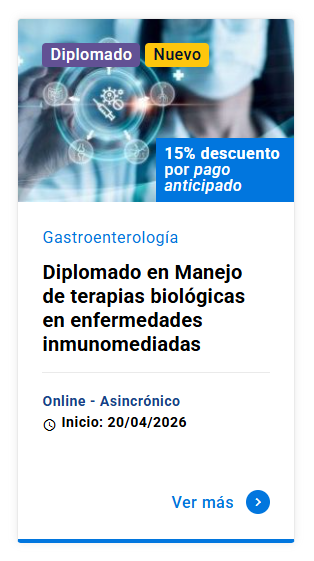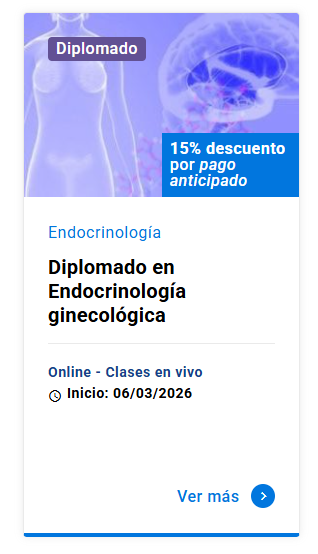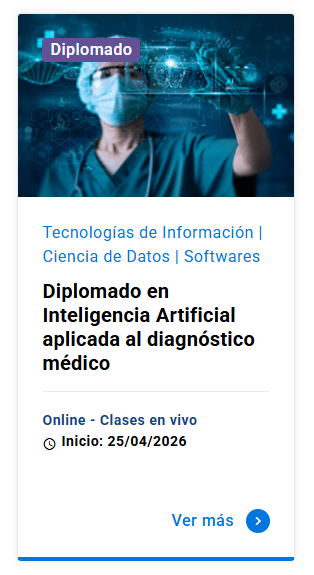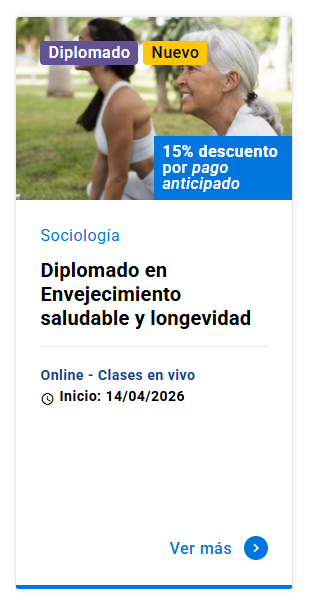Autotrasplante dental en pacientes de ortodoncia en crecimiento: una revisión de la literatura
DOI:
https://doi.org/10.11565/arsmed.v50i3.2141Palabras clave:
Autotrasplante dental, Ortodoncia, Paciente en crecimientoResumen
Introducción: El objetivo principal de esta revisión bibliográfica es recopilar evidencia sobre el uso de autotrasplante en casos de agenesias o pérdidas dentarias en pacientes de ortodoncia en crecimiento, evaluando los factores que influyen en el éxito de este tratamiento. Materiales y Métodos: Se utilizaron artículos de máximo 10 años de antigüedad utilizando palabras claves “Autotransplantation”, “Tooth” y “Orthodontics” de las bases de datos Dentistry & Oral Sciences Source y PubMed. Se seleccionaron 36 artículos, excluyendo 17 por no cumplir con los criterios de inclusión. Resultados: Para el éxito del autotrasplante influyen factores como el grado de formación radicular al trasplantar, el tiempo extraoral, la técnica quirúrgica atraumática, la vitalidad del ligamento periodontal y el uso de fuerzas ortodóncicas. Discusión: El autotrasplante pareciera ser una opción viable y confiable a largo plazo para la sustitución de dientes ausentes o perdidos en pacientes en crecimiento. Aunque los artículos utilizados presentan un nivel de evidencia limitado, ofrecen una base para considerar el autotrasplante en pacientes en crecimiento como una opción con gran probabilidad de éxito. Sin embargo, es necesario continuar con su investigación para estandarizar los protocolos clínicos y quirúrgicos a modo de mejorar la predictibilidad de los resultados y facilitar su implementación en la práctica clínica.
Descargas
Citas
Abela S, Murtadha L, Bister D, Andiappan M & Kwok J. (2019). Survival probability of dental autotransplantation of 366 teeth over 34 years within a hospital setting in the United Kingdom. European Journal of Orthodontics 41(5), 529–536. https://doi.org/10.1093/ejo/cjz012 DOI: https://doi.org/10.1093/ejo/cjz012
Al-Ani MH & Mageet AO. (2018). Extraction planning in orthodontics. Journal of Contemporary Dental Practice 19(5), 591–594. https://doi.org/10.5005/jp-journals-10024-2307 DOI: https://doi.org/10.5005/jp-journals-10024-2307
Czochrowska EM & Plakwicz P. (2020). Guidelines for autotransplantation of developing premolars to the anterior maxilla. Seminars in Orthodontics 26(1), 3–10. https://doi.org/10.1053/j.sodo.2020.01.007 DOI: https://doi.org/10.1053/j.sodo.2020.01.007
Debortoli C, Afota F, Lerhe B, Fricain M, Corazza A & Savoldelli C. (2023). Autotransplantation with tooth replica: Technical note. Journal of Stomatology, Oral and Maxillofacial Surgery 124(3), 101353. https://doi.org/10.1016/j.jormas.2022.101353 DOI: https://doi.org/10.1016/j.jormas.2022.101353
Dioguardi M, Quarta C, Sovereto D, Troiano G, Melillo M, Di Cosola M, Cazzolla AP, Laino L, & Lo Muzio L. (2021). Autotransplantation of the third molar: A therapeutic alternative to the rehabilitation of a missing tooth: A scoping review. Bioengineering 8(9), 120. https://doi.org/10.3390/bioengineering8090120 DOI: https://doi.org/10.3390/bioengineering8090120
Hariri R, & Alzoubi E. (2019). Autotransplantation in combination with orthodontic treatment. Journal of Orthodontic Science, 8(1), 3–7. https://doi.org/10.4103/jos.JOS_62_18 DOI: https://doi.org/10.4103/jos.JOS_62_18
Kim EC & Kulkarni G. (2020). Vital autotransplantation and orthodontic treatment of ectopic maxillary canines. Pediatric Dentistry 42(1), 55–58. https://doi.org/10.1002/pd.12760
Kinaia BM, Hasso DF, Jirjis L, Zora JS, Azimi K, Akkad L, Agarwal K, Kaspo G, Neely A, L, & Al-Qawasmi R. (2022). Supernumerary tooth autotransplantation to replace missing maxillary central incisor using three-dimensional replica: A 6-year follow-up. International Orthodontics 20(2), 100635. https://doi.org/10.1016/j.ortho.2022.100635 DOI: https://doi.org/10.1016/j.ortho.2022.100635
Lacerda-Santos R, Canutto RF, Araújo JLDS, Carvalho FG, De Münchow EA, Barbosa TDS, Pithon MM, Rego EB & Neves LS. (2020). Effect of orthodontic treatment on tooth autotransplantation: Systematic review of controlled clinical trials. European Journal of Dentistry 14(3), 508–515. https://doi.org/10.1055/s-0040-1708329 DOI: https://doi.org/10.1055/s-0040-1708329
Lee Y, Chang SW, Perinpanayagam H, Yoo YJ, Lim SM, Oh SR, Gu Y, Ahn SJ & Kum KY. (2014). Autotransplantation of mesiodens for missing maxillary lateral incisor with cone-beam CT-fabricated model and orthodontics. International Endodontic Journal 47(9), 885–889. https://doi.org/10.1111/iej.12223 DOI: https://doi.org/10.1111/iej.12223
Lucas-Taulé E, Bofarull-Ballús A, Llaquet M, Mercade M, Hernández- Alfaro F, & Gargallo-Albiol J. (2022). Does root development status affect the outcome of tooth autotransplantation? A systematic review and meta-analysis. Materials 15(9), 3379. https://www.google.com/search?q=https://doi.org/10.3390/ma15093379 DOI: https://doi.org/10.3390/ma15093379
Maddalone M, Bianco E, Spolnik KJ, Mirabelli L, Gagliani M & Del Fabbro M. (2022). Immediate autotransplantation of molars with closed apex. Journal of Contemporary Dental Practice 23(4), 389–393. https://doi.org/10.5005/jp-journals-10024-3331 DOI: https://doi.org/10.5005/jp-journals-10024-3331
Phutinart S, Krisanaprakornkit S, Makeudom A, Suzuki B & Suzuki EY. (2020). Periodontal ligament proliferation and expressions of bone biomolecules upon orthodontic preloading: Clinical implications for tooth autotransplantation. Korean Journal of Orthodontics 50(3), 188–197. https://doi.org/10.4041/kjod.2020.50.3.188 DOI: https://doi.org/10.4041/kjod.2020.50.3.188
Piroozmand F, Hessari H, Shirazi M, & Khazaei P. (2018). Autotransplantation and orthodontic treatment after maxillary central incisor region trauma: A 13-year follow-up case report study. Case Reports in Dentistry 2018, 1–6. https://doi.org/10.1155/2018/2039714 DOI: https://doi.org/10.1155/2018/2039714
Plakwicz P & Czochrowska EM. (2012). Clinical indications for autotransplantations of premolars: The protocol for developing teeth. Il Dentista Moderno 2012(September), 148–153.
Ribeiro GLU, & Jacob HB. (2016). Understanding the basis of space closure in orthodontics for a more efficient orthodontic treatment. Dental Press Journal of Orthodontics 21(2), 115–125. https://www.google.com/search?q=https://doi.org/10.1590/2177-6709.21.2.115-125.sar DOI: https://doi.org/10.1590/2177-6709.21.2.115-125.sar
Rosas López Portillo F, Gámez Valenzuela J, Rosas Alcaraz VM, Valle Urias AE, Del Rosario Martínez Pérez D, Manjarrez Guerrero FM, Guzmán Celaya GE, González Arredondo T, Quiroz Beltrán MA, Soberanes Galindo ML & Duque-Urióstegui C. (2024). Dental crowding: a review. International Journal of Research in Medical Sciences 12(4), 1000–1006. https://www.google.com/search?q=https://doi.org/10.18203/2320-6012.ijrms20240664 DOI: https://doi.org/10.18203/2320-6012.ijrms20240664
Ryan D. (2018). Autotransplantation of premolars in children with congenitally absent teeth: A report of three cases [Clinical report]. Lenus: The Irish Health Repository 1–7. https://www.lenus.ie/handle/10147/623090
Tsukiboshi M, Tsukiboshi C, & Levin L. (2023). A step-by-step guide for autotransplantation of teeth. Dental Traumatology, 39(S1), 5–16. https://doi.org/10.1111/edt.12819 DOI: https://doi.org/10.1111/edt.12819
Wise GE, & King GJ. (2008). Mechanisms of tooth eruption and orthodontic tooth movement. Journal of Dental Research 87(5), 414–434. https://doi.org/10.1177/154405910808700509 DOI: https://doi.org/10.1177/154405910808700509
Zufía J, Abella F, Gómez-Meda R, Blanco H, & Roig M. (2020). Autotransplantation of impacted maxillary canines into surgically modified sockets and orthodontic treatment: A 4-year follow-up case report. The International Journal of Esthetic Dentistry 15(2), 180–191.
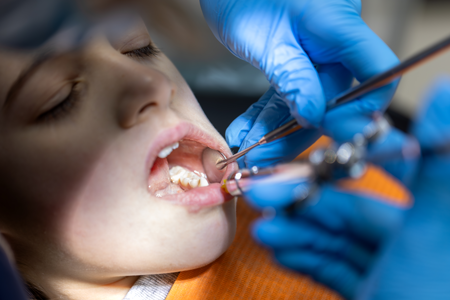
Descargas
Publicado
Cómo citar
Licencia
Derechos de autor 2025 Fernanda San Martín-Covacevich, Pamela Villalón-Pooley , Montserrat Mercado-Vivallos

Esta obra está bajo una licencia internacional Creative Commons Atribución-CompartirIgual 4.0.
Los autores/as conservan sus derechos de autor y garantizan a la revista el derecho de primera publicación de su obra, la que estará simultáneamente sujeta a la Licencia CC BY-SA 4.0 (Ver declaración de Acceso Abierto).




